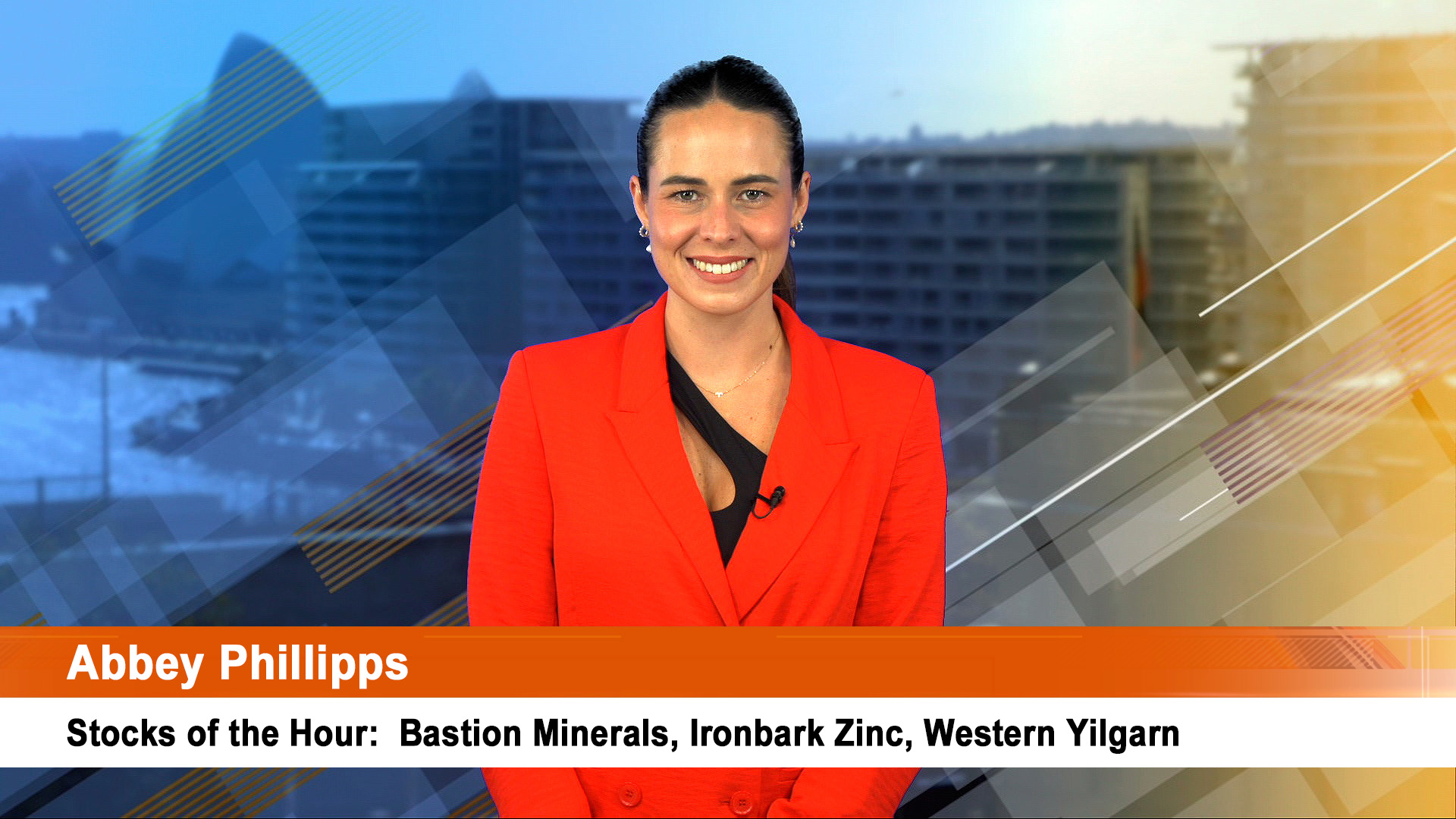
Too big to fail, and too big to completely nationalise, Freddie Mac and Fannie Mae, the errant twins of world finance remain stuck in a credit warp until the US Government can work out just what to do with these elephants.
But there are a host of things that investors should be wondering about and looking for.
Firstly, there are further tests ahead: Citigroup, Merrill Lynch, Bank of America, Morgan Stanley are all due to report second quarter earnings soon, as is JP Morgan.
These reports will contain more big losses, some of which will surprise. In the wake of the Bear Stearns and now the Fannie and Freddie support from the US Government, any nervy fallout will be eased.

But the fate of one, possibly two of these are not sorted out: market analysts wonder about Citigroup and Merrill Lynch which are busy downsizing, as is America’s second largest company, General Electric, which is in the process of selling billions of dollars of financial and industrial assets in an effort to improve its performance and financial strength.
The US Treasury and Fed moves to stand behind Fannie and Freddie send two clear signals.
First is that the credit crunch and associated financial crisis is far from over and remains a major problem.
But secondly, it confirms that US authorities will do whatever is necessary to prevent a systemic meltdown in the US financial system.
The later is important and will probably drive a bounce in share markets led by the financials which have been sold down dramatically over the last few weeks. That sell off continued yesterday in Australia and the US.
Lodnon saw gains after a big Spanish bank bid for the struggling mortgage bank, Alliance and Leicester. The bid will go through.
However, whether any bounce in shares proves to be durable or not is debatable. Certainly the rally after Bear Stearns surged, and then fizzled out miserably to where we are now. "
Will there be a rebound in share prices like there was for six weeks to two months after the rescue and bailout of Bear Stearns in mid-March by the Fed?
Share prices surged strongly in that period with the Standard & Poor’s Index coming within a handful of points (less than 10) of going positive for the first time since its peak late last year.
It has subsequently dropped so far to be down more than 21% from its peak last October/November and in the hands of the bears. Seven other major markets around the world had a similar experience in the aftermath of the Bear rescue; all are now in bear territory.
That surge and bust will temper investor enthusiasm this time.
Fannie and Freddie join the other once proud standard bearers of American business, the commercial and investment banks, on the public teat of the discount window and the US Government will provide enough money and commit enough to buy shares to recapitalise both Fannie and Freddie to the point where they are able to operate independently again.
Just how long that happens is the open ended 64 trillion dollar question. The discount window support for investment banks was initially until September, and now possibly into 2009 and the first anniversary of its extension next March.
The Bear Stearns rescue sent a message that no investment bank would be allowed to collapse, and that the same banks would now be supported by the Fed’s discount window for as long as possible to enable them and their commercial banking rivals, to continue to lend money into the US economy.
That has sort of happened, but US banks are cutting back their lending. The failure of an investment bank would lead to all sorts of knock-on effects throughout the global markets on debt, shares, credit insurance and a host of other products. Markets would shutdown until the damage was sorted.
But if that was a problem with a $US40 billion rescue (in terms of the Fed’s support for Bear Stearns) what would the failure or enfeeblement of Fannie and Freddie do with their 38% share of the US mortgage market, and billions of dollars of debt and securities from them scattered through the portfolios of investors in every part of the world.
Russia sent the US a pointed message on Friday when it expressed confidence in its $US100 billion of holdings in US agency debt (such as Freddie and Fannie paper) and how it regarded those holdings ratings as being on a par with US sovereign debt.
Fund managers here have Freddie Mac and Fannie Mae securities in their fixed interest portfolios.
Their failure would have global repercussions to the extent that they guarantee mortgage debt that investors all around the world, including in Australia, are exposed to. There would be a knock on effect to our mortgages and to the value of investment portfolios.
And any chance of the securitisation markets regaining strength would be destroyed overnight. Fannie Mae and then Freddie Mac were pioneers of mortgage securitisation.
They are in fact the largest securitisers in the world: Fannie Mae and Freddie Mac issue debt to raise money for their purchases of mortgage securities. The companies accounted for about 81% of demand for mortgages in the first quarter as other buyers retreated. They also issue mortgage-backed bonds known as agency debt and shorter term three and six month debt
They have continued financing housing while all forms of US bank lending has shrunk in the past quarter: down some 9% and one of the steepest falls on record. Bank lending had been growing at 15% in March in the US.
Now in the US, as in Europe and Britain (as it was in Japan from 1989 till recently) the private sector’s ability to lend money and grow cre













